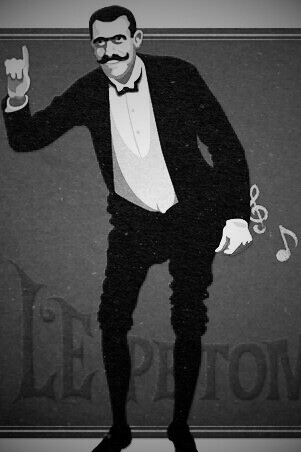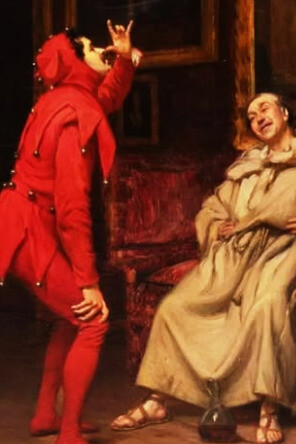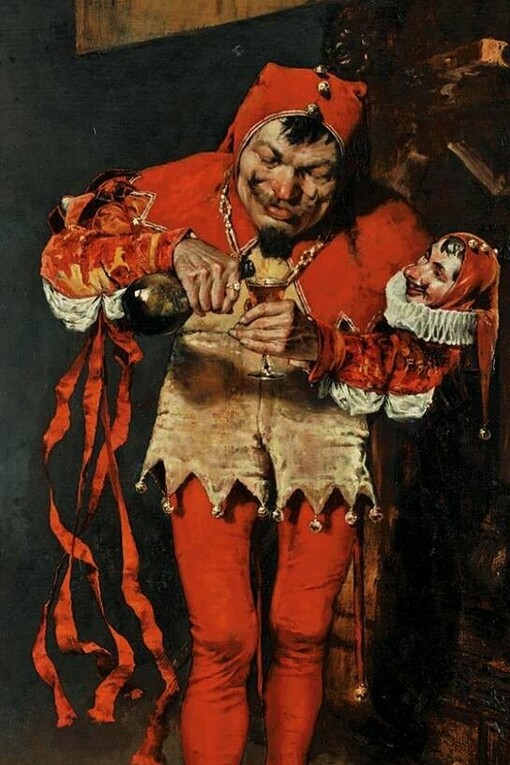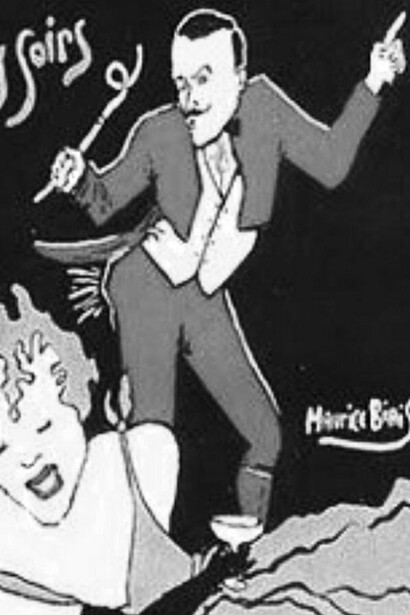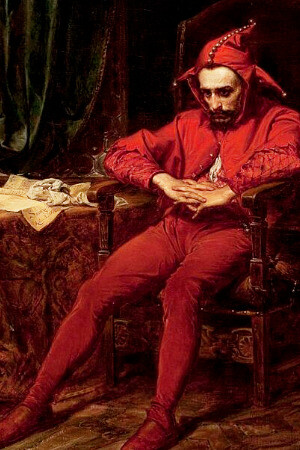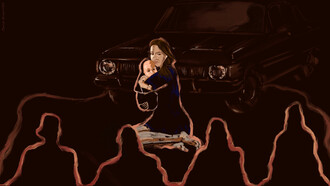Flatulence is considered socially unacceptable, rude, and embarrassing in many cultures. It would definitely be a bold way of introducing oneself to a group of strangers that you just met at a dinner party. However, in certain communities and cultures around the world, farting is considered a natural bodily function, a sign you have enjoyed a meal, and a source of great joy and humor.
During the medieval times in Europe, farting, jokes about farting, and songs about farting were a common source of entertainment and humor. This period in history was also known as the Dark Ages, and even though the term is considered outdated and an oversimplification of the period, one would be lucky to reach the age of 30 during this time.
It was a period known for plagues that emptied villages and killed millions, and wars that lasted for hundreds of years. Living was not easy if you weren’t part of the noble class, but during this period of history, a court jester named Roland the Farter gained favor in the 12th-century court of King Henry II of England for his talents in the art of flatulence.
Fame from the art of flatulence and embracing grimness
Roland is mentioned in the 13th-century English Liber Feodorum (Book of Fees), which states that he owned Hemingstone Manor in Suffolk County. He was gifted the manor along with 30 acres of land in exchange for services as a jester who was a master in the art of flatulence. It’s recorded that he had the skill to jump, whistle, and fart all at the same time.
His skill of simultaneously jumping, whistling, and farting at the same time was the crux of his most popular performance, saltum, siffletum, pettum. It translates as a jump, a whistle, and a fart, and Roland was obliged to perform it every Christmas, at the court of King Henry II. Some historians have even suggested that Roland took his prized performance to other royal courts.
Flatulists during the Medieval period were called braigetoirs, and their talents were seen as rare and on par with musicians of the time. It might be hard to imagine being rewarded a manor and land for farting skills. But fart-themed performances were in demand during this period and played on social dynamics, vulgarity, and satire.
However, according to Valerie Allen, author of On Farting: Language and Laughter in the Middle Ages, farting was a complex matter during this historical period. It was also seen as a sign of death in medieval Europe. Allen said flatulence “is the product of decomposition, so morally, theologically, scholars in the Middle Ages saw it as a mark of death.”
The medieval population viewed flatulence through two extreme lenses: death and joy. This is fitting for a time known for its harsh realities. Medieval people found respite in dark humor, buffoonery, and self-deprecation, and this trait is still prevalent today, in various comedic forms, from stand-up comedy to sketches.
Many flatulists existed before and after Roland but according to historical records, he might be the only flatulist to have received fame, fortune, and the attention of the most powerful ruler of a kingdom. He was a beloved figure, but you will have to travel back in time to fully understand how Roland’s farting performances captivated King Henry II and his court nobles.
It’s likely an image that not many would like to think of, as they would think it revolting. However, as a species, we value originality, variety, and laughs from wherever we can get it, especially in tough times. If we find something funny, we laugh, even if it’s just on the inside.
A brief history of fart jokes and entertainment in human civilization
The entertainment in medieval courts varied and included jugglers, acrobats, fire-eaters, nude performers, and farters. Courts nobles were used to a variety of performances, but they were also used to the weird, erotic, and disgusting, and rewarded such entertainment.
Arguments have been made for the backwardness of Medieval Europe, but the life of Roland and the rewards he received for his work is a reminder that humans have always found laughter in taboos, and farts jokes have been entertaining the masses for as long as humans have created civilizations. Some scholars recognized that the oldest joke was a fart joke from Sumeria, dating back to 1900 BC, and St. Augustine of Hippo noted in his 5th-century work “City of God” of performers who could produce music with their farts.
Even Japan’s Kamakura era (12th to 14th century) had an illustrated scroll known as “The King Of Farts” featuring a fictional flatulist named Fukutomi no Oribe who performed his fart dances for the aristocracy. Finding humor in an act that people of the time associated with vileness and death can be seen as an act of rebellion, and it speaks a lot to the way humans found resilience during uncertain times.
Not too long ago, French flatulist Le Petomane was captivating audiences with his ability to mimic cannon fire and play songs like “O Sole Mio” and “La Marseillaise” with his farts. He performed at the iconic Moulin Rouge and even caught the interest of royalty like King Edward VII and King Leopold II.
No one would be flocking to get seats to see the modern-day equivalent of Roland the Farter or Le Petomane. And we may never know the specific societal conditions that made farting performances an art form worthy of land titles and riches. But when so much uncertainty is prevalent in our current times, maybe it’s time we look to the vile, the strange, and our perversions, not just for a laugh, but as a way to examine ourselves.
The fame of Roland the Farter tells a tale that we once revered the undignified parts of ourselves. We laughed at it and wanted more because we all know we all do the deed. This article is not suggesting that we all start openly farting at public events and behaving rudely.
Understanding our taboos, our shame, and even our secrets through the lens of humor is a digestible way to be introspective about our darker sides. It’s also a look into our evolution and resilience in the face of harshness.


